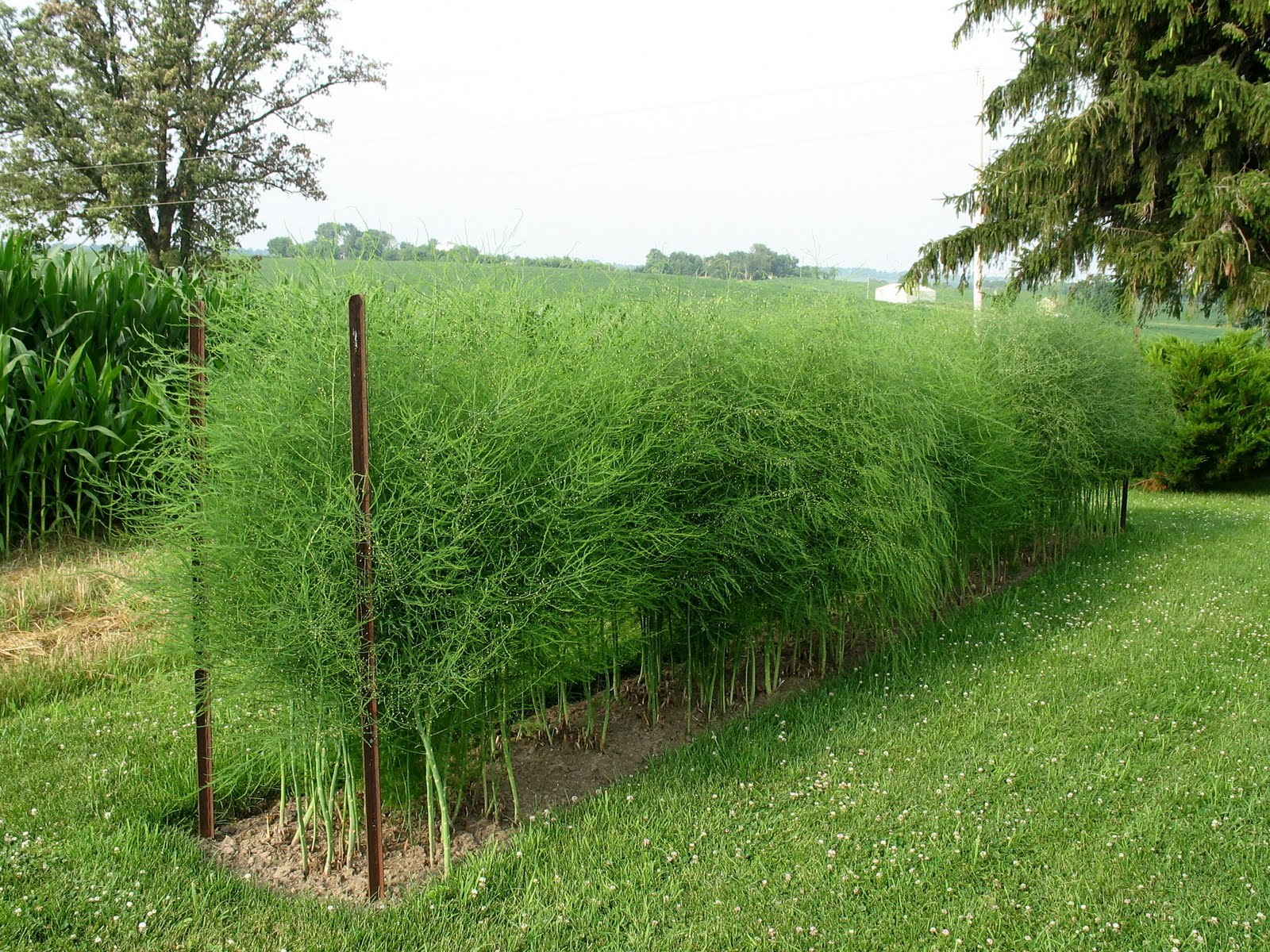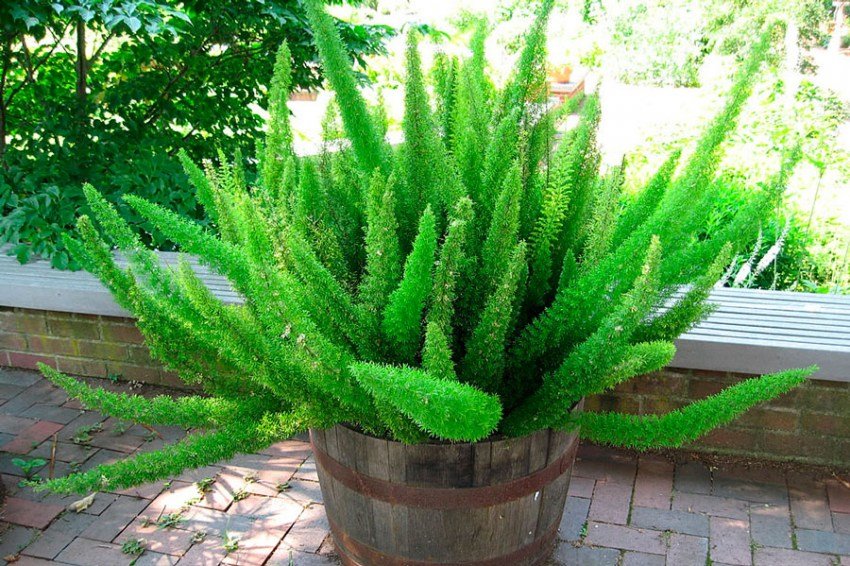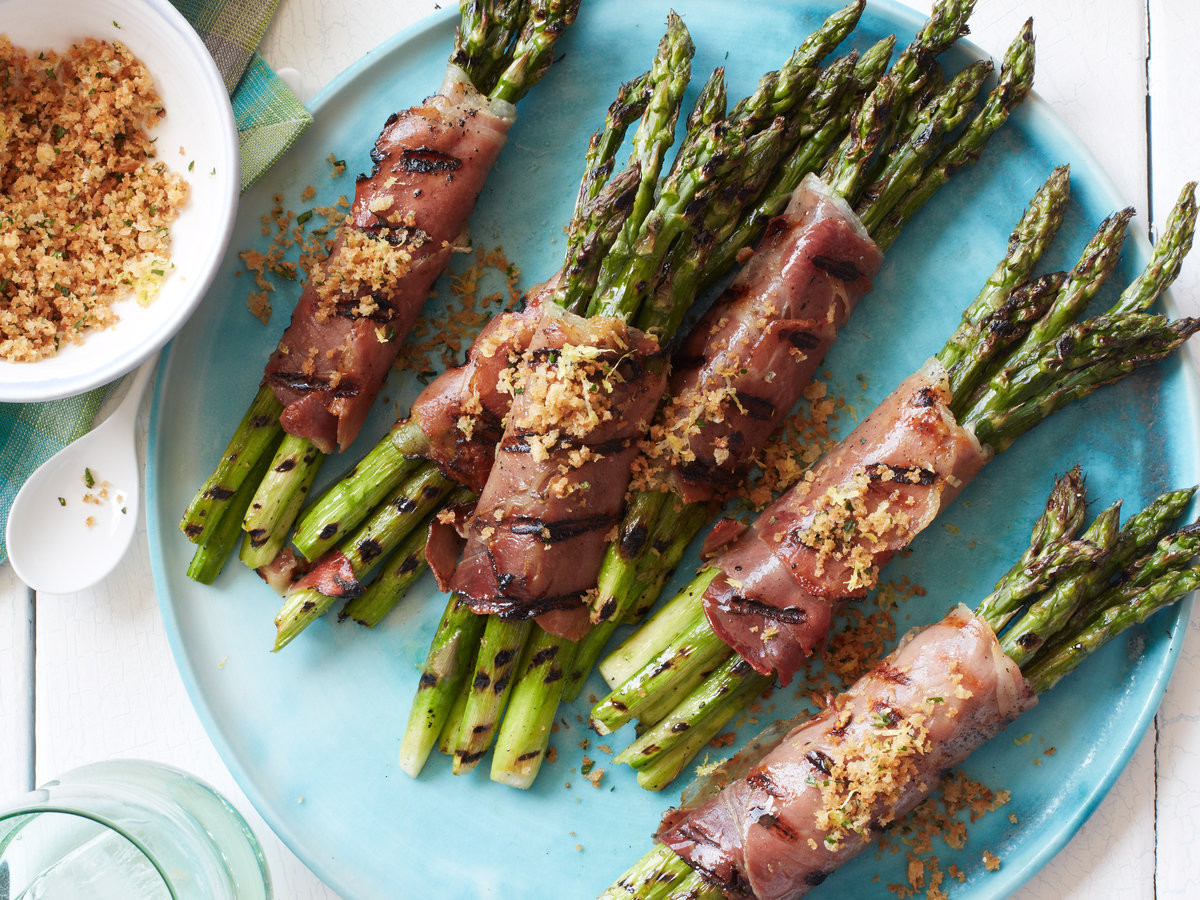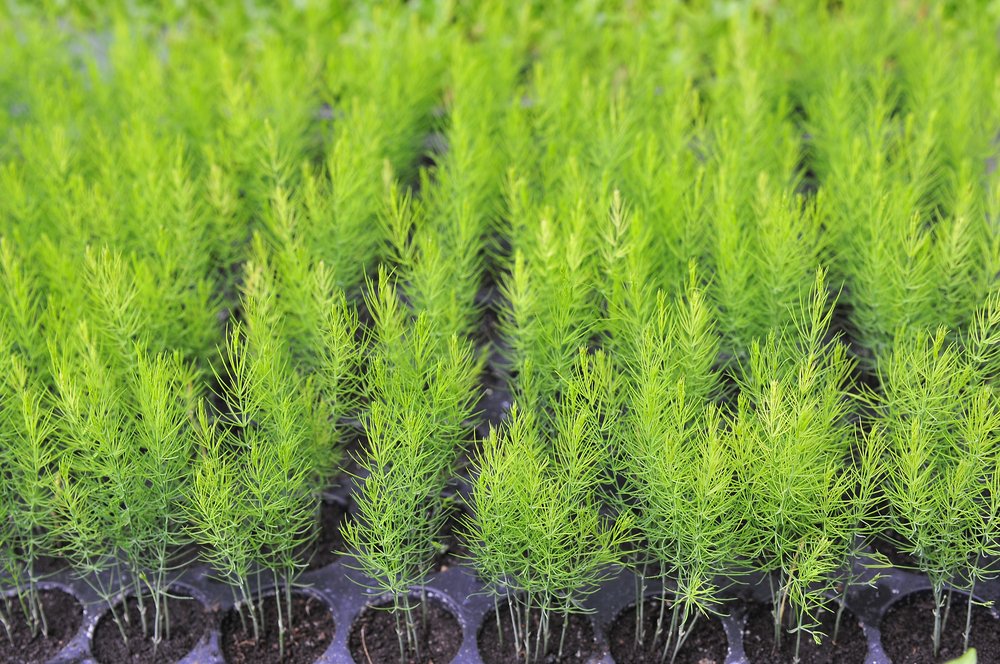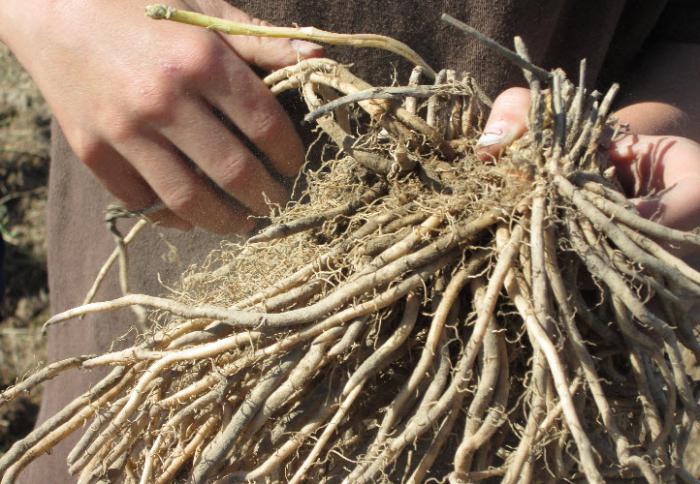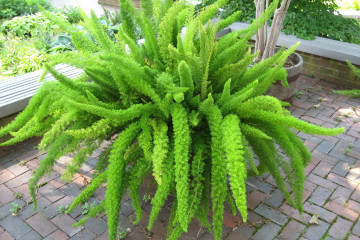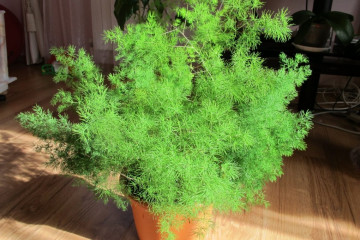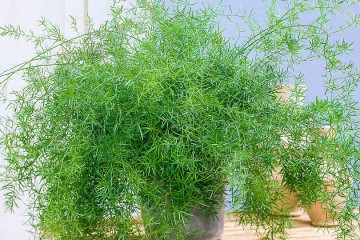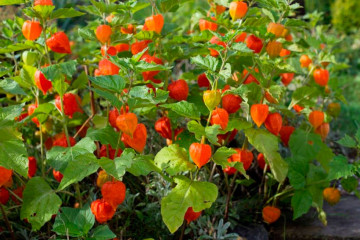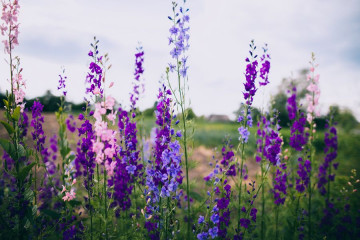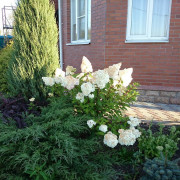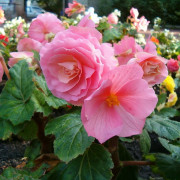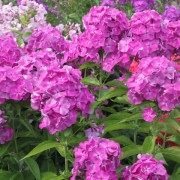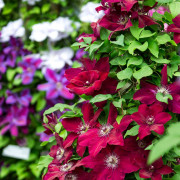Asparagus garden and wild - how edible asparagus winters
Content:
On the territory of Russia, species of southern and even subtropical plants successfully take root. One of them is garden asparagus. Edible and decorative varieties are cultivated by flower growers of middle and northern latitudes.
Asparagus garden and wild - how edible asparagus winters
The culture's southern origin does not prevent it from perfectly tolerating the harsh Russian climate. By cold weather, the aboveground part of the plant withers, loses its decorative attractiveness. However, tubers in frozen ground do not rot. Garden and wild - winter-hardy varieties, you don't have to worry about their wintering.
Newbie gardeners are worried about how edible asparagus winters - whether it needs insulation or does without it. Here, the owners of the landings should take care. Before the cold weather, shoots are examined, sick, rotten, with traces of pests are removed. The tops can not be cut off, left as a shelter. But in order not to risk, gardeners cover the heavily exposed areas with spruce branches, sawdust, dry leaves.
What does the plant look like, which family it belongs to
Asparagus or asparagus? These names of culture, accepted in everyday life, are misleading for uninformed people. Botanists claim that asparagus and asparagus are one and the same plant. The second name is used by flower growers, the first - by culinary specialists.
This is a culture of the Asparagus family, but due to its high prevalence, botanists often began to distinguish a separate genus - Asparagus.
The plant has a strong horizontal root system. The aboveground part is herbaceous or semi-shrub branched. Needle-shaped branches make up the beauty of this unusual species of flora. The flowers are small, inconspicuous, but the fruits are very impressive - bright red. Several large seeds ripen inside them.
Popular varieties
Of the 300 plant varieties, many are grown indoors. Other types of asparagus are cultivated in the country, in gardens. Edible varieties occupy large areas of farms.
What varieties do Russians prefer:
- Meyer. A compact, branchy bush for pot keeping in the house.
- Pinnate. Spectacular plant. Greenhouse owners are proud of this evergreen perennial. Its miniature leaves on curly branches resemble scales.
- Crescent. A rare variety of climbing asparagus. With proper care and good support, it grows up to 7 m. The branches are lignified, covered with small thorns.
- Asparagus (Asparagus officinalis). A two-year-old herbaceous variety with white flowers, it grows up to 1.5 m in height. Straight stems are covered with cladodia. The plant is used in folk medicine.
- White asparagus. It is actively cultivated by summer residents. The evergreen shrub is used as a source of medicinal raw materials and a vegetable supplement to the table.
Green asparagus is also an edible species of asparagus, producing abundant growth. When the sprouts reach 20 cm, they are cut to prepare tasty and healthy food.
The use of vegetable crops in cooking
Not everyone knows how to cook asparagus, or rather, it is grown for aesthetic pleasure.Meanwhile, the peculiar taste, reminiscent of green peas, and the methods of culinary processing have long been known to people. The vegetable can be boiled (8 minutes), baked (20 minutes), harvested for the winter. For dietary nutrition, the stems are steamed for 13-15 minutes. All nutritional properties are revealed when the product is eaten without cooking.
The product is combined with meat and fish dishes, poultry and other vegetables. Asparagus is also suitable as an independent dish. The chefs use all kinds of spices and seasonings to add an exquisite taste to the delicacy.
The simplest recipe for how to cook asparagus: boil the shoots, season with a sauce of olive oil, lemon juice, salt and sugar.
History of appearance
Humanity has known asparagus for over 3 thousand years. In Egypt and Ancient Rome, it was used for ritual purposes: for procreation and obtaining healthy offspring.
The Romans were the first to start eating asparagus. This has long been the privilege of the nobility. Then the commoners began to eat dishes with healing sprouts. In Europe, the product spread in the 15th century.
Growing asparagus
The demand for seeds of valuable vegetables and ornamental crops is constantly growing. Planting asparagus and care in the open field is not difficult. This is watering, feeding, weeding. Some special rules are observed when working with soil and top dressing.
The soil
The culture successfully takes root in the soil for asparagus from the following composition:
- two pieces of garden land;
- one piece of sand;
- one part of humus.
Top dressing
At the beginning of the season, nitrogenous compounds are used to build up green mass. In summer - universal fertilizer for vegetables. Overfeeding the plant is not worth it, especially when it is dormant.
Reproduction of asparagus
Growing methods for garden asparagus: seeds and rhizome division.
Germinating seeds
Planting material is purchased in the stores of the agricultural complex, or harvested independently. Further steps:
- The containers are filled with soil mixed with fertilizer.
- Seeds disinfected with a weak solution of manganese are spread over the surface at a distance of 3 cm from each other.
- Sprinkle with a layer of soil 1 cm.
- Spray, cover with polyethylene.
- Place containers in a warm, lighted place.
- Slightly moistened daily from a spray bottle, ventilated.
Seedlings appear in the third week.
Division of rhizomes
The bush is dug up, shaken off the ground. Next, the rhizome is divided into fragments with a knife. Make sure that roots and 2-3 stems remain on each.
The procedure is carried out in the spring. A beginner gardener can easily cope with this business.
Asparagus transplant
You can move wild and garden asparagus to a new place in early spring or autumn, a month before frost.
The roots, strong and well developed, are a problem when transplanting - they are difficult to dig out. Therefore, the earth is watered abundantly, then they undermine the culture from all sides with a shovel or pitchfork and pull it out.
Edible asparagus, garden and wild, is a common culture in the farmsteads and dachas of Russians. The plant has long become a familiar delicacy, a vegetable supplement in the diet of many families. Useful qualities, an abundance of vitamins and fiber were appreciated by nutritionists. Asparagus is grown as an ornamental and edible crop.
Distinguish between herbaceous, semi-shrub species and lianas. The flowers are unassuming, but the fruits are bright and beautiful.
The VAZ car plant uses a vegetable palette in painting cars. There are the colors "Peach", the famous "Eggplant" and bright red viburnum "Asparagus".
